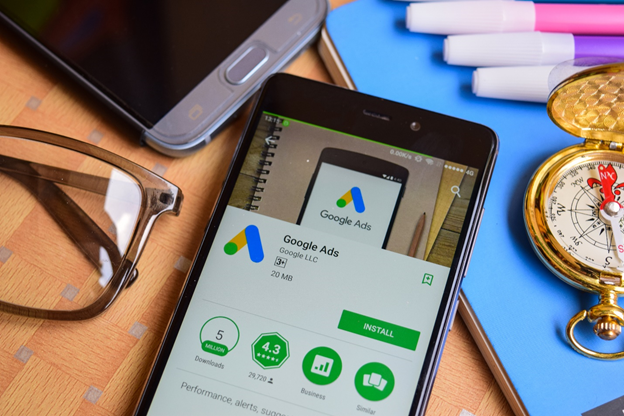Google Ads, known as Google AdWords until two years ago, has changed dramatically in the last few years to keep pace with ever-changing PPC tactics and consumer behavior. To keep up with the rapidly evolving 21st century, Google is matching those needs step by step, and Google Ads management teams need to do likewise
To stay relevant in 2020 on the search network, you can’t just rely on your tried and tested methods; what worked in 2018 isn’t going to fly now. If you want to drive more qualified leads to your website, and thus increase conversions and revenue, you’re going to have to execute a perfectly planned PPC campaign. Remember too that with PPC you pay for every click you get from your ads, meaning, a poorly managed campaign can sow more than it reaps.
If you’re serious about staying ahead of the crowd, maintaining market dominance and making the most of your precious advertising budget, here are five of the most important, but often overlooked, tips to garner Google Ads success in the coming year.
- Landing Page
A successful PPC ad’s goal is to make sales, not just get clicks. It’s a two-step process: first, drive qualified leads to a landing page, then convert them into paying customers. With this methodology in mind, you should always optimise your landing pages to ensure the message in your ad aligns with that on your landing page. Consistency between keywords, ad copy and design should improve your click-through and conversion rates while simultaneously lowering your CPC (cost per click).
- Value vs Sales
The digital age has brought with it a shift in marketing; companies big and small have become more customer-centric. Being too pushy with your PPC campaigns will backfire big time in 2020. Gone are the halcyon days of being overtly salesly; nowadays, you can’t just promote your product; you must sell your brand as a value proposition. So, rather than just pushing high-intent keywords, try producing content that people want to read and advertising it on Google. Then watch as you slowly build up traffic and nurture this audience from brand awareness to sales.
- Negative Keywords
One of the most powerful, but often overlooked, tools in the AdWords arsenal is the ability to optimise for negative keywords. Perhaps you didn’t know this, but AdWords lets you specify what keywords are not a good fit for your service or product. So what? By telling Google what your product isn’t, you can prevent your ad from being needlessly shown to searchers who don’t match with the intent of your customers. By only focusing on the needs of qualified customers, you’ll protect your bottom line.
- Geotargeting
No matter your industry or market, your company’s bottom line will benefit greatly from targeting specific geographic locations. If your sales do not depend on a customers’ physical location, you can optimise your PPC campaigns with bids based on user needs, seasonality and even weather. For example, if you sell bikinis, then you should not bid in colder climates, like Russia in January and Australia in July, since people in those countries won’t currently want your product and you’ll only be wasting money. However, it would help if you increased geo-targeted bids for countries that will experience increased sunshine in the coming months.
- Device Targeting
Device targeting can make or break your Google Ads management success. Landing pages need to be treated differently – mobile or desktop, not both. Users exhibit different behaviour on mobile versus desktop. For example, brand awareness campaigns or content promotion might work well on social. However, lead generation campaigns are often better reserved for desktop. Whereas mobile campaigns are great when running ads for top-of-the-funnel activities; desktop triumphs when you want to convert bottom-of-the-funnel leads.

